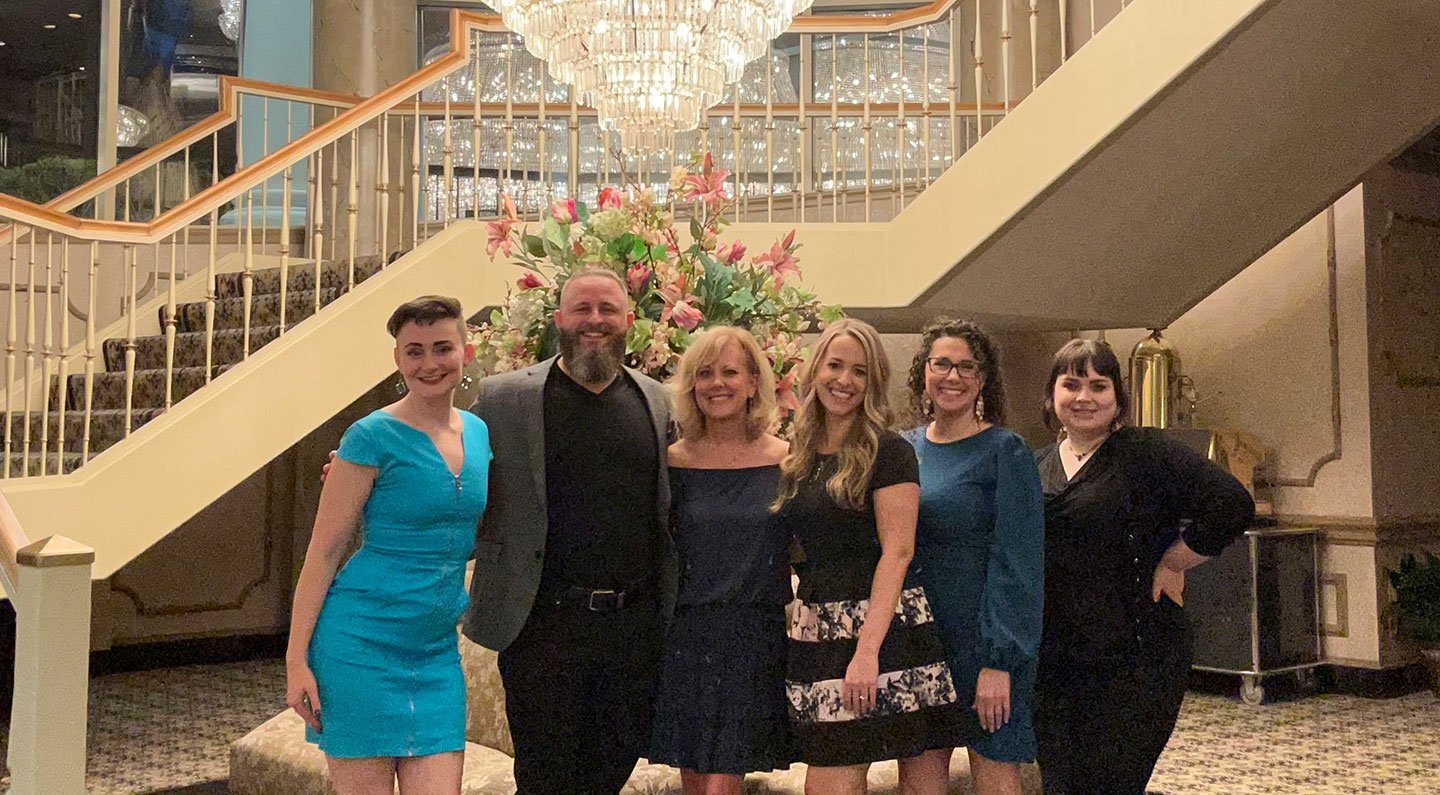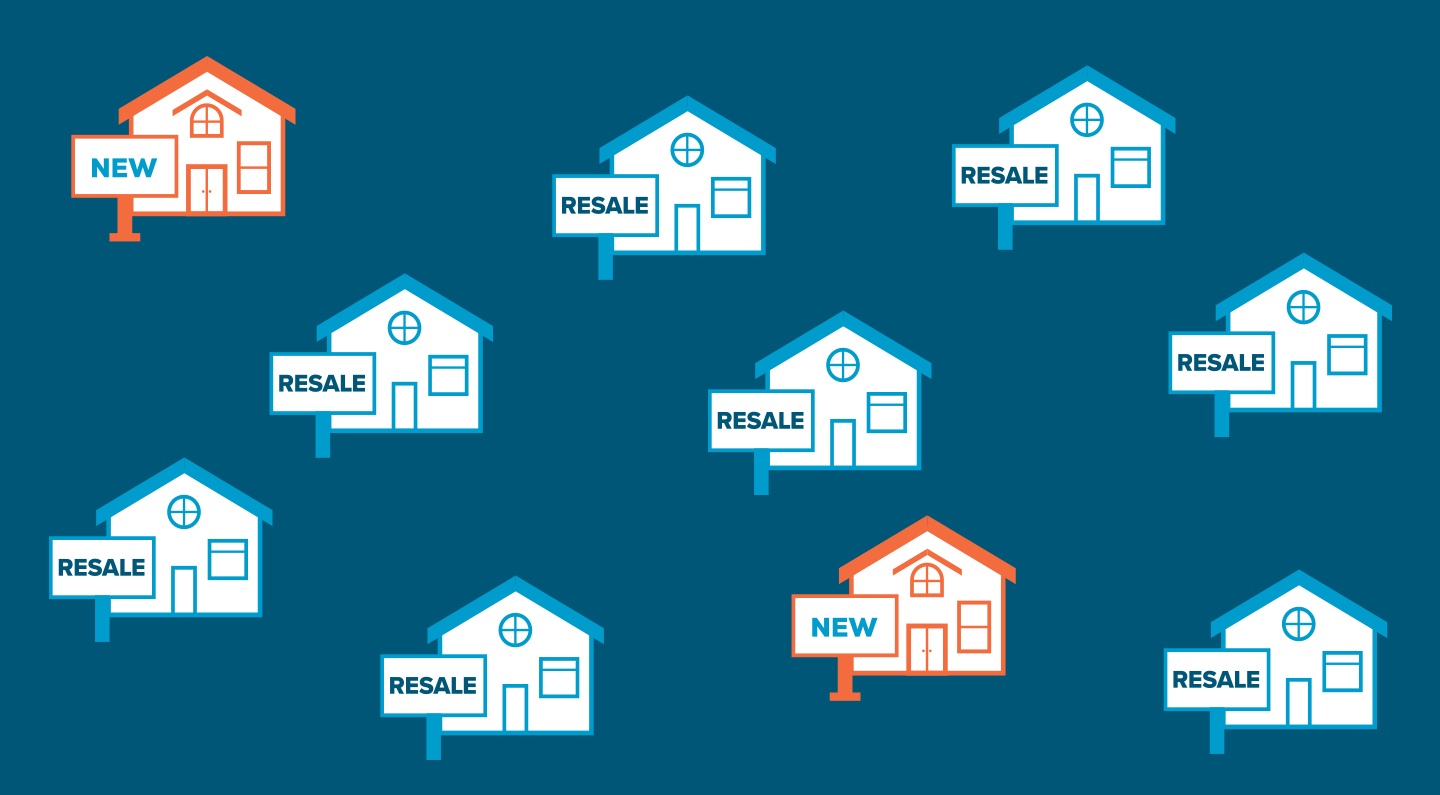Content Sustainability – Repurposing Your Evergreen
Sustainability is an important topic in design and building industries.
In a world of dwindling resources, economic imbalance, and social disparity, sustainability implores us to act in a way that helps the present while always safeguarding the future.
To make sure we’re not greedy in the now to the peril of the next.
To actually do the things we learned about as kids: reduce, reuse, and recycle.
The cool thing is: sustainability can apply to your content too. It doesn’t protect the planet or future, but it can preserve two resources important to all business: time and money.
Reduce
Not all content is good, and not all good content connects. These are two realities marketers need to accept. They are sad. We understand. Let’s move on.
Having content that is not providing your users with something useful is a waste of space and time—your space and your users’ time. And if you waste your users’ time with content that isn’t quality, they will stop respecting you, doubt your credibility, and cease engaging. In short, they will abandon you.
So, what should you do about it? The answer is a simple: routine content audits. Schedule a time every few months to review your content. Make sure all your links still work and the information presented is current. Providing a user out-of-date information or a dead link hurts your authority.
Next, check how each piece of content is performing. Remove pieces that are stagnant, and analyze them. If they are good content, perhaps they aren’t in the correct medium. Evaluate if trying them in a different format is worth the return. What doesn’t work as a blog could turn into a stellar infographic, for example.
Reducing content is like removing dead branches from a tree so that new growth can reach the sun. Make sure all obstacles are out of the way of users finding your quality content.
Reuse
So, you have some evergreen content. You love it. Your users love it. But now what? What do you do to keep the momentum going?
The concept of reusing content revolves around one basic question: how can you get new eyes to see your best content? Now’s the time to rev up your social media engine. Now is when you see if any journals, blog, magazines, or other platforms are looking for content (backlinks FTW).
This isn’t quite as involved as producing full out new content based on the old content. This is just reminding users that the content exists, and getting new users to discover it. In effect, you’re turning on a spotlight and making sure your evergreen content sparkles for all to see.
Recycle
Recycling content doesn’t involve destroying or replacing evergreen content. Recycling content is turning the same information from great performing content into another form—more commonly called “repurposing content” (but just go with us for the theme of this blog post). Blog to video. Video to podcast. Podcast to infographic. Blogs and infographics to white paper. Like that. Plus, you still have that original piece of content right where it was performing so well. If you have a piece of content that is so good, why not maximize the juice you squeeze out of it?
Recycling evergreen content isn’t a “throw everything against the wall and see what sticks” scenario. It’s a much more calculated and data-driven “we have a lot of knowledge from past content experiments to know what to try again.” It’s about building on excellence by replicating it in a new form. Quality not quantity.
The funny thing is, once you’ve recycled a bit of content, those new pieces will have to go through the review after a time to see they need to be reduced, reused, or recycled. Not every recycled version of evergreen content will connect with your audience and become evergreen itself. And that’s okay. Most likely, after a few experiments, you’ll see a pattern in what works and what doesn’t. You’ll also be surprised now and then too. That’s the fickle, liquid nature of what the internet likes.
—
As you can see, reducing, reusing, and recycling content are all closely related concepts. That makes sense, since they all focus on optimizing your past work. And, really, they aren’t clean-cut steps or divisions. You might find a piece of underperforming content and decide to turn it from a blog into a video—both reducing and recycling all at once. Or, you might find a piece of evergreen content and recycle it into a short video teaser for social media and then reuse the content by pointing the video back to the original article.
Content sustainability is all about using your energy to maximize the impact of your content while respecting the time of your content creators. Just as with regular sustainability, you don’t want to waste your resources. Every revision, removal, restructure, reinterpreting, and re-presentation of your content will entice, intrigue, and ensnare the minds of users old and new. Everybody wins.









